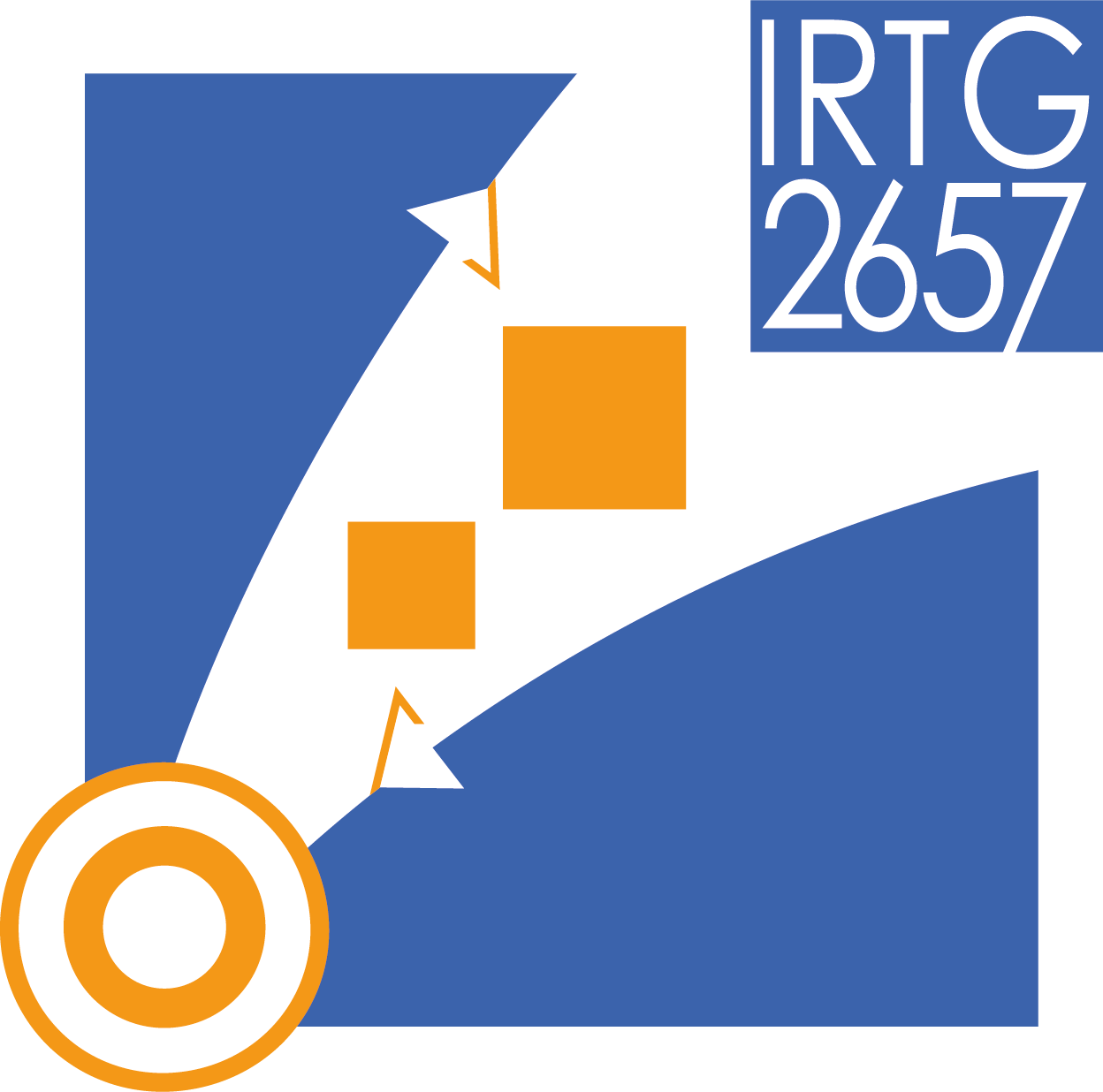On 23 August, 3pm, Prof. Dr. Philipp Otto from the Institue of Cartography and Geoinformatics will give a presentation about "Estimation of Spatial Dependence Structures".
Abstract:
Spatial and conditional autoregressive models require a suitable spatial dependence structure definition via the so-called spatial weights matrix. This matrix, like an adjacency matrix in graphical models, defines how the locations are connected, thereby limiting which sites have a possibility of being dependent, along with to what extent. Indeed, this also means that estimated model coefficients depend on the choice of this matrix. Thus, all coefficients, as well as inference on these parameters, should always be done conditionally on the definition of the weighting scheme.
In practice, however, this matrix can not easily be assessed and is, therefore, selected from a set of candidate schemes by maximising a certain goodness-of-fit measure, like the log-likelihood, in-sample fits, and information criteria, or via cross-validations. The model is undoubtedly misspecified if the true weighting matrix is not included in this set of candidates.
We proposed a two-stage penalised regression approach to estimate the entire spatial weight matrix of (1) a spatiotemporal process under the presence of structural breaks in the mean (Otto/Steinert 2022, Journal of Computational and Graphical Statistics) and (2) purely spatial processes on regular lattices (Merk/Otto 2021, Environmetrics). In this talk, after a brief introduction of how to model spatially dependent processes, my focus will be on the first paper. In addition to the spatial interactions, we allow for an unknown number of structural breaks in the local means of each location. However, these locally varying mean levels can easily be mistaken as spatial dependence and vice versa. Thus, the proposed approach jointly estimates the spatial dependence, all structural breaks, and the local mean levels. Furthermore, we propose a new selection criterion based on spatial autocorrelations to select the penalty parameter. Eventually, I will provide a outlook on modelling spatial interactions in higher-order moments, e.g. variances and model uncertainties.
Join the presentation with this link!











